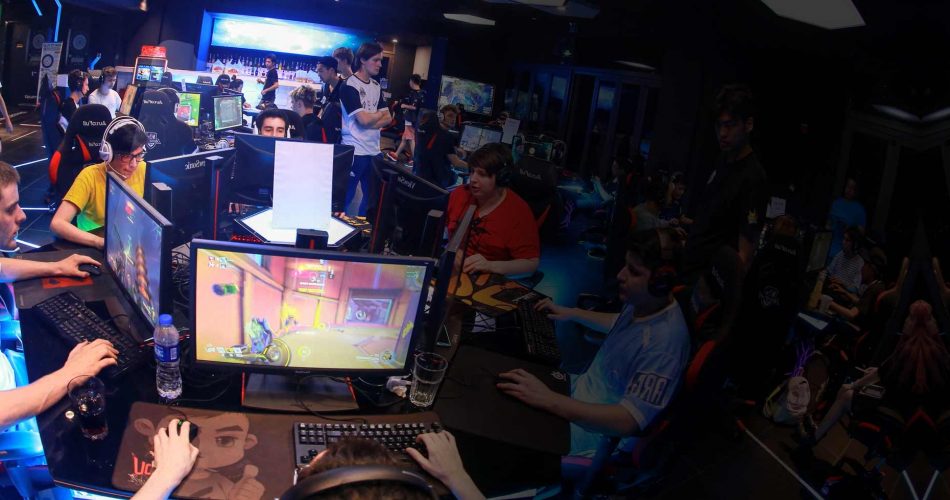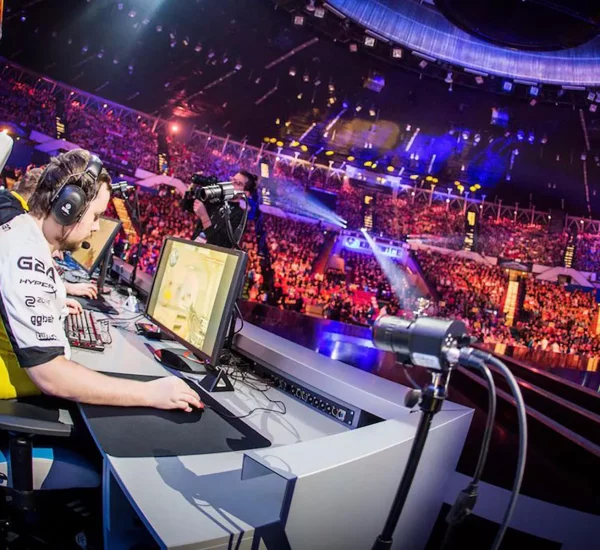Counter-Strike: Global Offensive (CS:GO) has emerged as one of the most popular and enduring esports titles, captivating players and fans around the world. The journey of CS:GO esports has been marked by significant milestones, transforming from intimate LAN parties to grand global arenas. This article delves into the evolution of CS:GO esports, tracing its path from humble beginnings to the widespread phenomenon it is today.
The Birth of CS:GO Esports:
CS:GO was released in 2012, inheriting the legacy of its predecessors, Counter-Strike and Counter-Strike: Source. Almost immediately, the game gained traction in the competitive gaming community. The intuitive gameplay, strategic depth, and the iconic bomb-defusal mode laid the foundation for what would become a thriving esports ecosystem.
LAN Parties and Local Competitions:
In the early days, CS:GO competitions were often grassroots events, hosted in local area networks (LAN) environments. Players gathered in small venues, bringing their computers to engage in friendly yet fiercely competitive matches. These grassroots events not only nurtured local talent but also cultivated a sense of community among players.
The Rise of Online Leagues:
As CS:GO gained popularity, online leagues and tournaments began to emerge. Organizations like ESL (Electronic Sports League) and FACEIT played pivotal roles in providing platforms for players to compete on a broader scale. Online competitions allowed players to participate without the constraints of geographical limitations, enabling the growth of a global player base.
Professionalization and Team Sponsorships:
The increasing popularity of CS:GO led to the professionalization of the scene. Teams started to formalize their structures, complete with coaching staff and dedicated training facilities. Sponsorships from major brands and organizations began pouring in, transforming CS:GO players into esports professionals. This transition elevated the standard of play and contributed to the game’s credibility as a competitive discipline.
Major Tournaments and International Competitions:
The pinnacle of CS:GO esports is undoubtedly the Major tournaments. Organized by Valve, the game’s developer, Majors gather the best teams from around the world to compete for substantial prize pools and the coveted title of Major champions. These events are hosted in iconic venues, drawing massive live audiences and online viewership. The Majors serve as a showcase of the game’s evolution and its enduring appeal to a global audience.
Streaming and Fan Engagement:
The advent of streaming platforms like Twitch has played a crucial role in the growth of CS:GO esports. Fans can now watch their favorite players and teams in real-time, fostering a deeper connection between the community and the professionals. Streaming has also provided players with a platform to engage with fans directly, creating a more intimate and interactive esports experience.
Global Arenas and Mainstream Recognition:
CS:GO esports has transcended its niche origins to gain mainstream recognition. Major tournaments are now held in grand arenas, with audiences filling stadiums to witness the intense competition. The rise of esports on television and online streaming services has further propelled CS:GO into the global spotlight, making it a cultural phenomenon.
From LAN parties in small venues to global arenas filled with thousands of fans, the evolution of CS:GO esports is a testament to the game’s enduring appeal and the passion of its community. As the scene continues to grow and adapt to new technologies, CS:GO remains a cornerstone of the esports landscape, showcasing the power of competitive gaming to unite players and fans worldwide.



